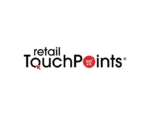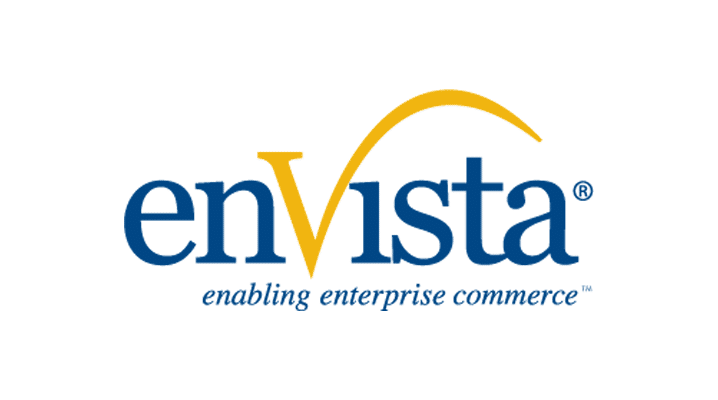Think digital as well as physical. When one first thinks of their supply chain they immediately go to the physical side: shipping, storage, and distribution. The Internet of Things, artificial intelligence, blockchain, and the application of advanced analytics must be included in your plans as well. Today’s commerce is driven by the digital side and supported by the physical side.
enVista Names Gene Bornac Retail Consulting Practice Leader
Reading Time: < 1 minute
enVista, a global software solutions and consulting firm, has hired Gene Bornac as Practice Leader of its Retail Consulting Practice. Bornac will help clients develop and implement customer-centric omnichannel, supply chain and IT strategies and solutions to unify commerce and improve the customer experience.
Bornac has more than 30 years of retail and consumer product experience, most recently as SVP at BRP. He also has served as Product and Business Development Manager of Advanced Planning at Manhattan Associates, and he has direct experience in store operations and buying, planning, and forecasting
GNC gets the drop on fulfillment
Reading Time: < 1 minute
GNC Holdings is increasing inventory turns and sales with a strategic vendor drop ship program.
Leveraging enVista technology, GNC directly uses inventory from vendors to fill orders. This eliminates the step of processing batches of inventory in GNC fulfillment centers and distributing goods to stores, reducing order fulfillment time while making products more accessible to consumers.
GNC deploys enVista technology to ensure drop ship activities are properly monitored and are compliant with all vendor agreements. This includes ensuring GNC’s inventory, order and shipping activities are in sync with vendors. In addition, GNC checks vendor compliance with service level agreements (SLAs) in areas such as timeliness, order accuracy and fill rate. Furthermore, GNC tracks systems issues, as well as that vendors use the proper systems and that any issues are resolved promptly.
To make the monitoring and compliance enforcement of such as a broad set of activities and vendor agreements feasible, GNC employs exception management. This is the practice whereby only information that indicates significant deviation of actual results from budgeted or planned results is brought to the attention of management.
In addition, GNC attempts to maximize manageability of its drop ship strategy by carefully selecting what products it drop ships. When introducing drop ship products to its assortment, GNC ensures the new products target the same market as existing inventory. The retailer will not automatically add all the merchandise a drop ship supplier offers.
enVista Hires Retail Veteran Gene Bornac to Head Omni-Channel Retail Consulting Practice
enVista hires retail veteran Gene Bornac to head new Retail Consulting Practice to meet the demand for omni-channel transformation strategies & solutions.
What to Watch: Retail’s FashTech Providers
Reading Time: < 1 minute
Big show, bigger ideas. Innovation moves at a blistering pace, and as such, there’s not a moment to waste during NRF’s Big Show 2019 at the Jacob K. Javits Convention Center in Manhattan where retailers, brands, solution providers and industry stakeholders convene to share ideas, hear from thought leaders and see the latest technologies.
Here, WWD vetted a list of more than 20 “fashtech” solution providers who will be showcasing technologies Jan. 13 through Jan. 15 at this year’s event. These are companies offering retailers and brands solutions and technologies aimed at elevating the in-store and online shopping experience, streamlining e-commerce capabilities and taking customer engagement to higher levels via artificial intelligence, data analytics, RFID, machine learning and more.
enVista Rapidly Enables Omni-Channel Commerce at NRF’s Big Show 2019
enVista announces that it will share expertise with retailers during the National Retail Federation’s (NRF’s) Annual Convention and Expo.





